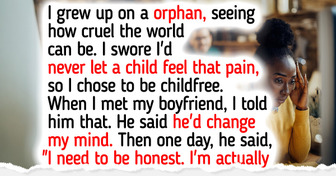I Refused to Let My Daughter (16) Share a Room With My Nephew (17), and the Fallout Was a Disaster

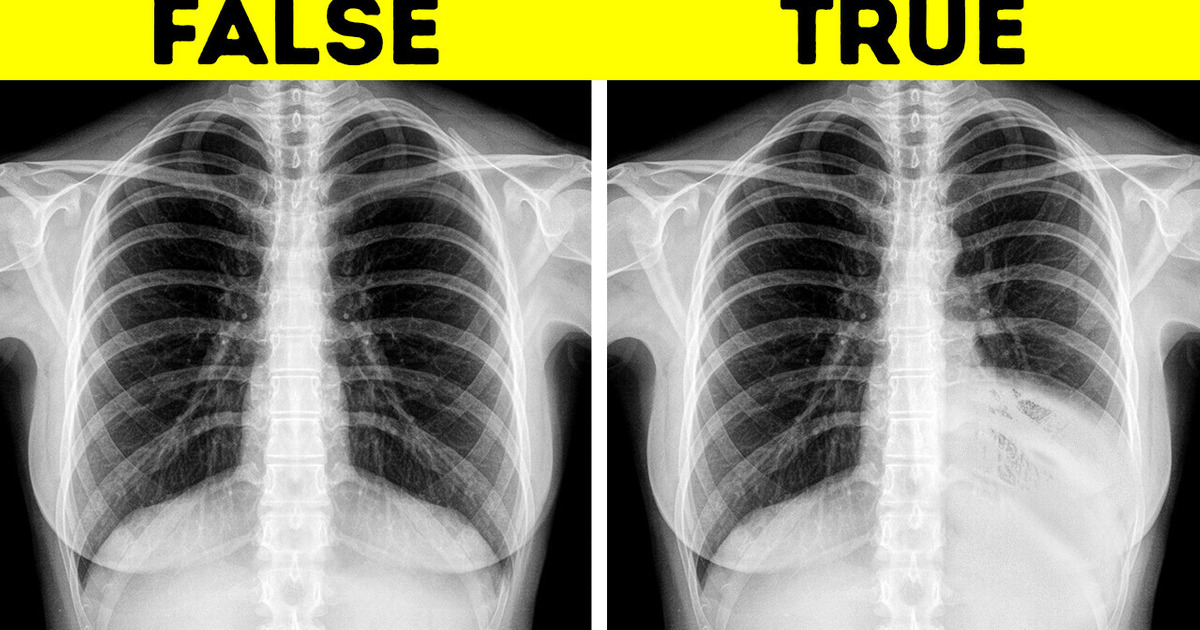
Our skin is the biggest and fastest-growing organ, strong but flexible. It’s a waterproof yet breathable barrier that keeps us safe from the external world.
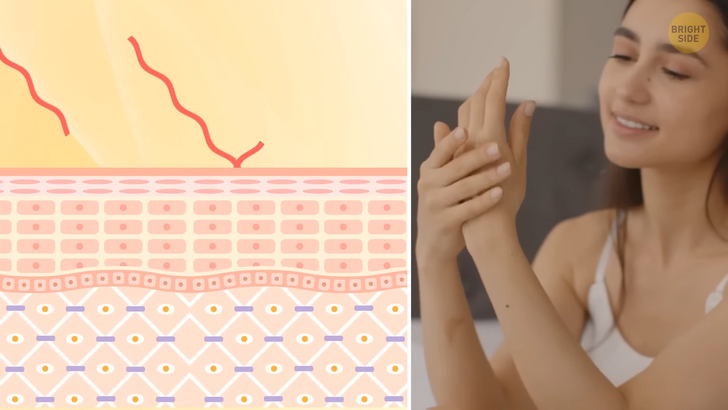
Our skin regenerates itself. It helps with regulating body temperature and reduces water loss. This helped us to evolve into what we are today — our skin developed melanin, a natural pigment that blocks harmful UV radiation.
Special sweat glands helped our ancestors regulate their temperature while walking long distances in unpleasant conditions. Your body has between 2 and 5 million sweat glands. The more active you are, the more sweat they produce. Your body has a mechanism to recognize it’s time for you to cool off, so you can keep up with the workout.
Breathing isn’t only about moving the air inside and outside. It’s about the way you do it because it can literally affect your face shape. If you breathe through your nose, you’ll get well-defined cheekbones over time. It will also make your face wider because your tongue will exert force against your jaw. If you breathe through your mouth, your tongue won’t have a place to rest. It will change your facial structure as time goes by. Your face can be more narrow, and your cheekbones won’t be that visible. Also, if you’re a mouth breather, you probably tend to tilt your head backward more. This way, you increase cranial contents in the back part of your brain and directly change your entire posture, along with the shape of your neck and face.
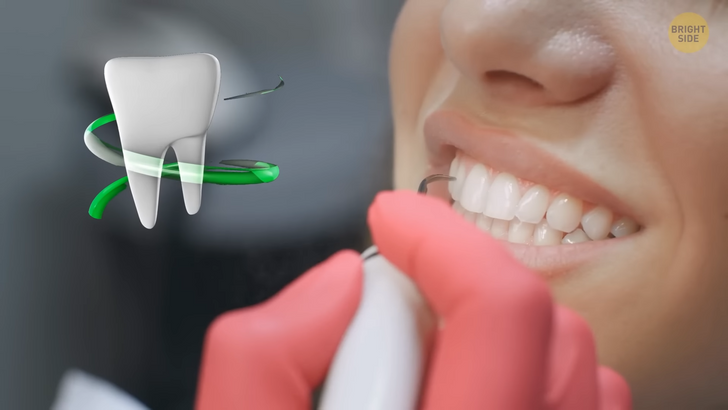
Millennials, or people born between 1981 and 1996, are more forgetful than older people. The main cause of their forgetfulness comes from higher levels of stress. So hey, chill.
Your left lung is smaller than the right one because it shares space with your heart.
Humans don’t have such big teeth as a tiger shark — or so many of them. But research says even though sharks have teeth coated with really tough enamel, they’re not stronger than ours. We have proteins that glue our teeth together to stop the entire tooth from cracking. We don’t lose them, unlike sharks. Their teeth aren’t attached to their gums on a root-like ours, so they lose approximately one tooth every week.
Ever wondered why you have toenails? Nails are made of keratin. That’s a protein you can find in fur, claws, hooves, and hair. Unlike claws, our nails are flat and wide. They shield the tips of our toes and fingers from injuries. Also, thanks to fingernails, we have a rigid backing that helps us grab and separate different objects. It would be hard to peel a sticker from the backing or pick up a jigsaw piece without nails. Apes and monkeys use their feet for similar delicate tasks, as well. Scientists think primates evolved nails to tightly grasp branches, remove ticks, and do other similar things.
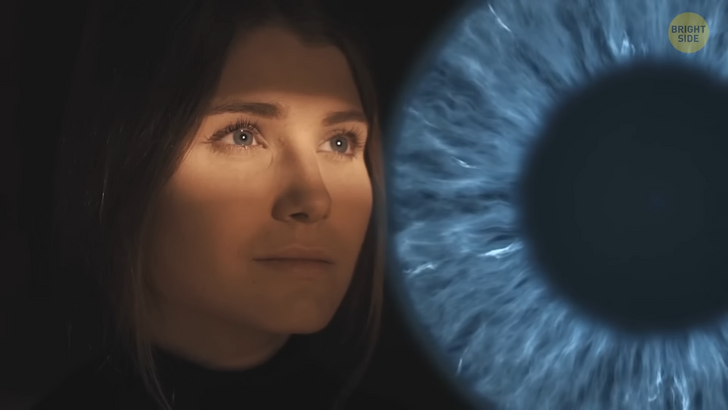
The human body glows in the dark, which means we’re faintly bioluminescent. But that light is 1,000 times weaker than our eyes can see. Other animals will easily spot our faint light, though.
Your eyes are pretty sensitive. You almost never get the chance to test how sensitive your eyes are because of all the light constantly surrounding you.
Human cells are only 43 percent of the total cell count in your body, and the rest are microscopic colonists. That means you’re mostly made up of bacteria and fungi. So, basically, you’re the mix of the DNA of gut microbes and your own DNA.
The most abundant element in the human body is oxygen, at 65%. But it also contains lithium, cobalt, gold, and uranium. The rarest one of all is radium.
On average, humans yawn 20 times a day, partially spontaneously, for example, when you’re tired, but sometimes when someone yawns near you. Scientists think it could be a thing called social mirroring. Usually, when animals mimic others, they recognize some action as useful, so they decide to do it, too. With humans, it happens when someone crosses legs, laughs, smiles at you, or yawns.
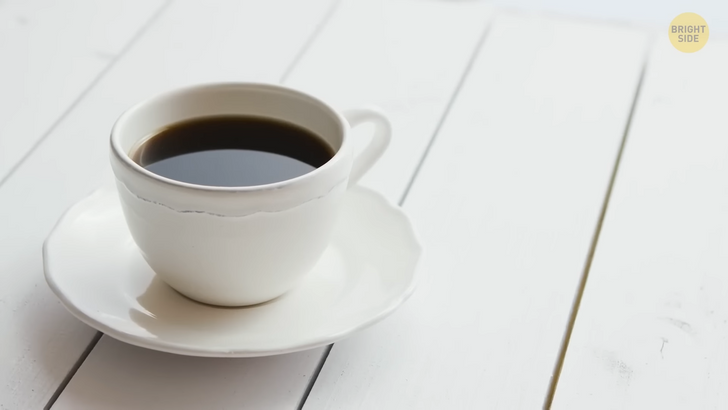
Hot coffee can taste better than cold one. Your taste bud receptors are most sensitive when your food is at or a little bit above room temperature. Hot coffee can then seem less bitter because taste buds that detect bitterness are more sensitive when the coffee is cold.
Your pinky is a powerful little thing. Without it, your hand would lose a significant part of its power. Your index and middle fingers cooperate with your thumb to grab and pinch. And your pinkie, together with your ring finger, provides grip strength. Your bones are four times harder than concrete.
The strongest bone in your body is the femur. It can support up to 30 times the weight of a grown-up person. Even crazier is that our bones are made up of composite material, meaning they’re both hard and elastic at the same time.
The outer layer of your skin is thicker on your feet than on other parts of your body.
The heart has its own electrical system and can continue beating even when it’s disconnected from the body.
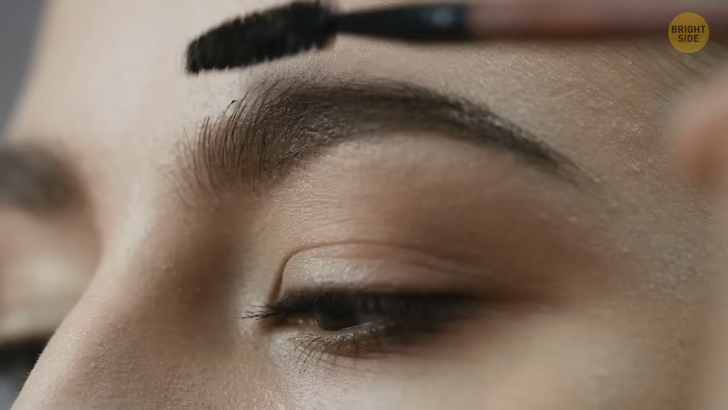
The average lifespan of one eyebrow hair is 4 months.
We spend 40% of our life with our eyes closed. Most of that time is when we’re asleep. But don’t forget to count blinking too. Or while driving.
In an adult, the blood makes up 7-8% of the total body weight. About 55% of your blood is liquid plasma. The rest is red and white blood cells and platelets — they form clots and prevent bleeding.
You can’t swallow and breathe at the same time. The food you swallow and the air you breathe go down the same part of your throat at first. Only a bit deeper, the passage splits into the esophagus (for food and liquid) and trachea (for air).
There’s a name for the growling sound your stomach makes when you’re hungry: it’s called borborygmi.
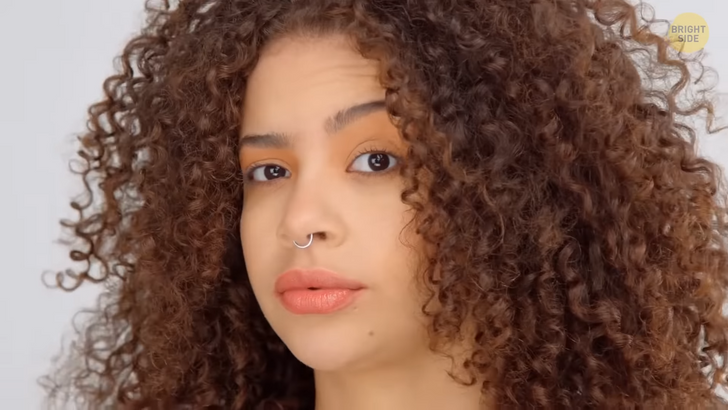
About a third of all people can raise one eyebrow: left or right. It’s a great way to send a playful signal to someone while telling a joke. But the ability to raise both eyebrows separately is much rarer. If you’re not among them, that’s because you cannot yet control and move the corresponding muscles. But this skill can be developed. Stand in front of a mirror, hold one eyebrow with your hand and lift the other up and down. And then do the same with the other eyebrow. This will help you learn moving them separately.
If you can lick your elbow easily, or touch your thumb to your forearm — congratulations, you’re among the minority of people. But some people bring flexibility to the next level. This condition is called hypermobility. It allows rare individuals to twist their bodies into weird positions just like a snake: putting their head between their feet, doing a back bridge, and all sorts of splits. But in some cases, hypermobility can increase sensitivity, because such people have a larger medulla. This brain area is responsible for processing emotions.
These fearless heroes can walk in the cold wearing only swimming trunks and feel cozy. They can stand in the snow barefoot and even swim in a river or an ice hole. Usually, this talent doesn’t come naturally, people temper their bodies for years until they get used to withstand extreme cold. Of course, they don’t do it just to look cool. Or feel cool.
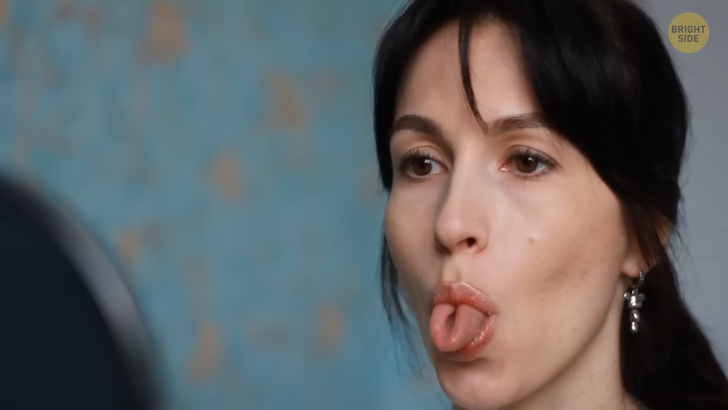
Do you feel ticklish when you tickle yourself? Normally, you wouldn’t, unless someone else tickles you. It happens because the cerebellum area of the brain, which monitors movements, predicts the sensations caused by your own movements. Then, it sends a signal to other parts of the nervous system to cancel these sensations. But some rare individuals can actually feel ticklish on their own. If you’re not among them, touching a new texture that the brain doesn’t yet recognize or using a scalp massager can help to excite your nerves and bring relaxation.
Stand in front of a mirror, open your mouth and try to roll the sides of your tongue up towards each other to make a U-shape. About 65 to 81% of people are natural tongue rollers and the majority are women. Some believe it’s a genetic capability, but recent studies showed that people can actually develop this skill by practicing. ‘Khechari Mudra’ is a term from yoga that means curling the tip of your tongue back into the mouth.
Can you wiggle your ears intentionally? Congratulations, around 22% of people on the Earth are capable of wiggling one ear. As for moving both ears at once, only 18% can do that. Ear wiggling used to be a common thing for our distant ancestors. Scientists believe they could perform a variety of movements with their ears. The group of muscles responsible for wiggling is called the auriculars, and we mostly don’t need it today. But some people claim that everyone can learn to move their ears, it only takes time and practice. Unfortunately, we still cannot acquire this classy habit of twitching an ear towards a sound source as dogs and cats do.











